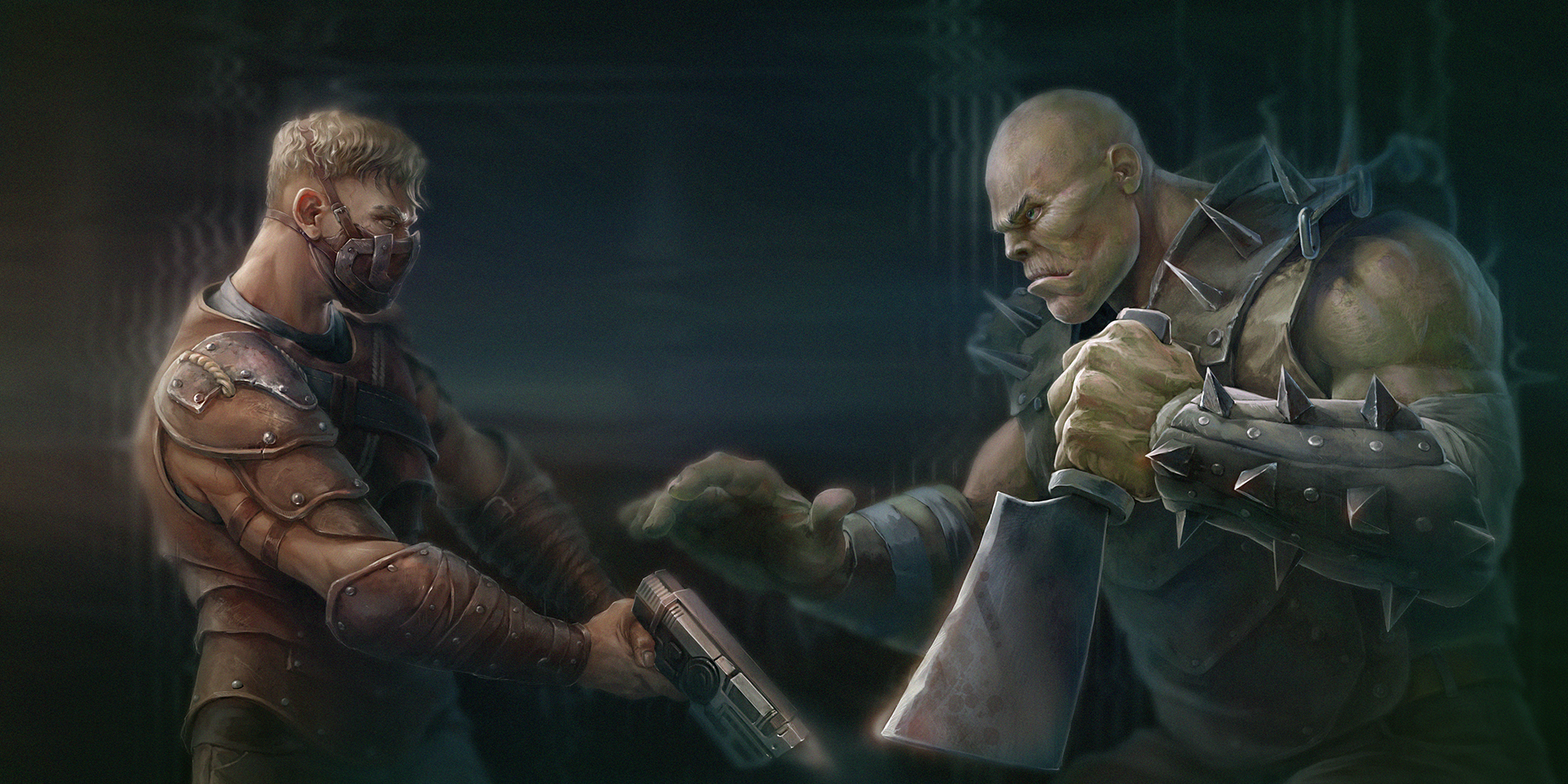Intro
Skiesverse is the First Web3 Post-apocalyptic tactical RPG with user-driven economics and tokenomics. Mine resources, craft goods, launch and rule your business, fight for the desert and cities, and more.
The story is set in the distant future on planet Earth, which has survived the catastrophe.
The known world has been destroyed. The values of civilization have been hidden in technological shelters to save human experience and heritage for future generations. Hundreds of years ago, citizens living in shelters left their underground houses to build a new world.
Game Style: Post-apocalyptic desert environment with sandy and warm tones.

Gameplay
Our Contribution
Challenges & Goals
Web3 games mostly have a bubble reputation because of a wild run with various scam projects that took place back in 2021. However, the technology is way promising and powerful. Based on blockchain technology, tokenomics and security for Web3 games lift the game industry to a new level of user experience, user ownership, and in-game economics.
Vast and powerful product companies don’t want to take reputation risks on such a business model when there is no guaranteed profitable and long-term model. Unfortunately, there are many risky instruments in gameFi that can perform at the beginning but cause damage later. If not controlled well by developers, methods like farming and staking could easily break product tokenomics and destroy the business model itself in the long run.
Our main goal was to build a play2fun and a play2own game based on our experience in various genres and make a strong, protected tokenomics circle that refills the staking and rewards pool from spending in the game. Building the user-driven economic and tokenomics system should be looped from the math side, and on the other hand, the game itself should allow playing the game for different types of players.
Solutions & Expertise
Play2fun mechanics with the real tokens should be well protected from cheaters. If you have play2earn mechanics, you should be able to control the entire gameplay. We have chosen an RPG genre. We implemented a turn-prediction-based battle system to make it more random and gameplay based on skill, not character parameters. Such a mechanic is rarely used, but it helps us to create a protected and engaging product. All the battle logic is calculated on the back-end side.

Vulnerability in smart contracts and calculations of the economy in the game design document can cause a collapse of tokenomics. We should avoid taking the approach of building a product, launching a presale and marketing activities with the audience, and then dropping the token price because of some smart contracts or game logic issues.
When the project has valuable tokenomics and uses tokens as investments, rewards, and marketing entities, it’s necessary to be able to control all the gameplay. In this case, all the gameplay on the front-end side could not be protected if some calculations appear on the front. Because of this, it’s a challenge to build an FPS or real-time racing game because of its instant client-server connection. To allow the game to move smoothly, developers use predictions or do some calculations on the front-end side, which could be a pain point of the project, mainly when talking about projects with in-game valuables such as NFT and tokens.
Building a 3-level Web3 game instead of a 2-level client-server-blockchain assures us of creating a product with all the calculations appearing on the server side to protect all the user data during gameplay. Another reason we do such a step is that our main focus is to build a product with working tokenomics and an ecosystem basement for the metaverse.
We have chosen a tactic RPG genre and have implemented a turn-prediction-based battle system to make it more random and build gameplay based on skill and not only on character parameters. It’s a rarely used mechanic, but it helps us create a protected and engaging product. All the battle logic is calculated on the back-end side.
To determine an audience, we divided it into three types:
- Miners (Play2Earn players) – play to earn tokens
- Businessmen (Play2Own) – owning factories to earn tokens while manufacturing
- Gamers (Play2Fun players) – playing to enjoy the gameplay
The game and tokenomic circle consist of 3 main points:

⦁ Mine resources – miners get resources in locations, sell them to factories, and earn tokens.

⦁ They produce goods in factories — armor, weapons, and ammo — and sell them to players. Businessmen own NFT factories to produce all those goods and sell them to players, earning income.

⦁ Fighting for cities, production points, clan points, fighting for rating, raid bosses – all these actions require goods and resources that the users buy at factories. Gamers play that role in a game global circle.
The basement of the Gameworld can be expanded widely with different mechanics such as a storyline, clan bosses, land buying, building your own house and location, etc. All these things allow the project to become a metaverse in the future.
Powerful tokenomic system is essential part for a long-term product and we have came all the path of creating it from scratch in Skiesverse. Learn more how we can help you to build tokenomic in your product here.








